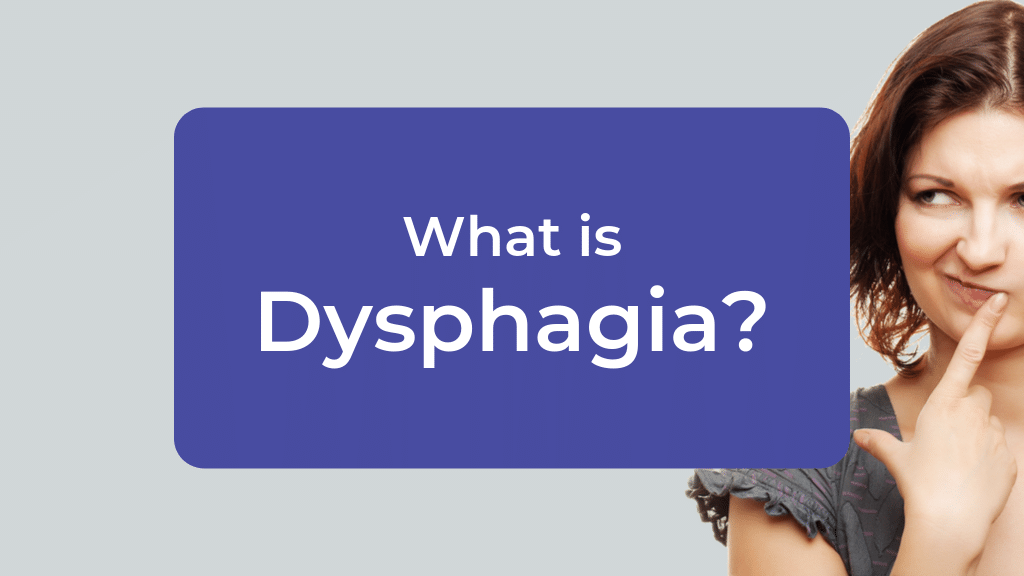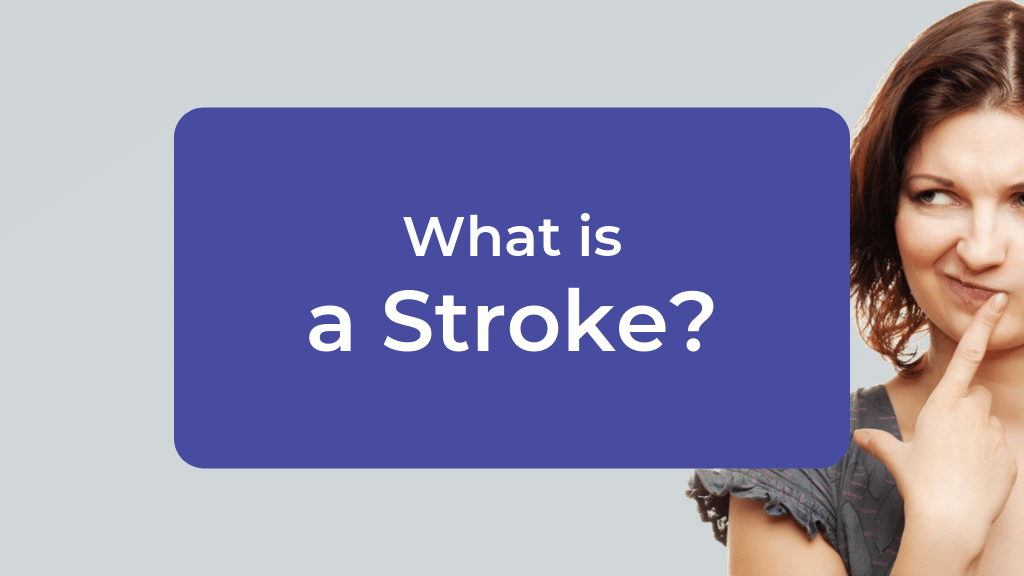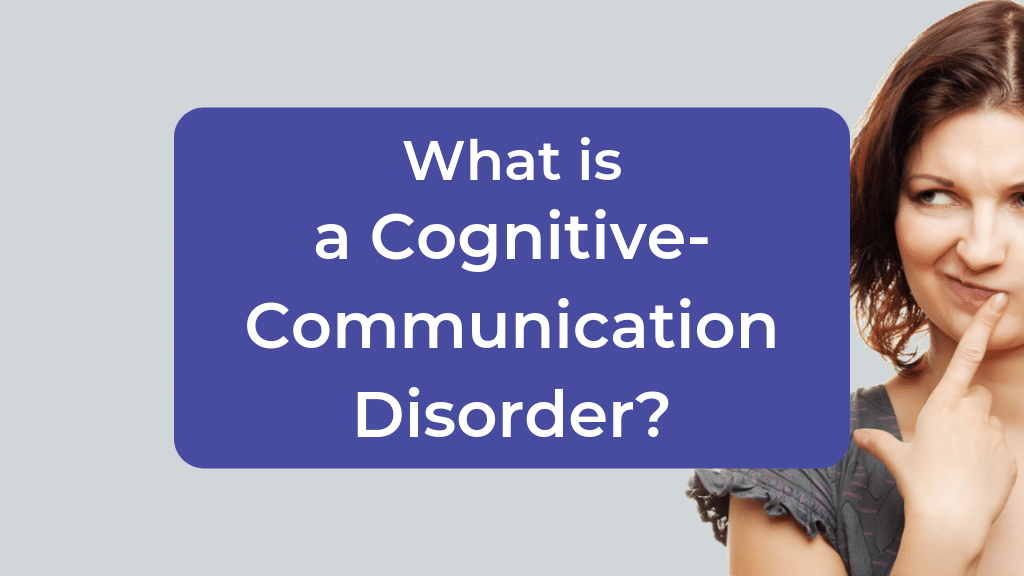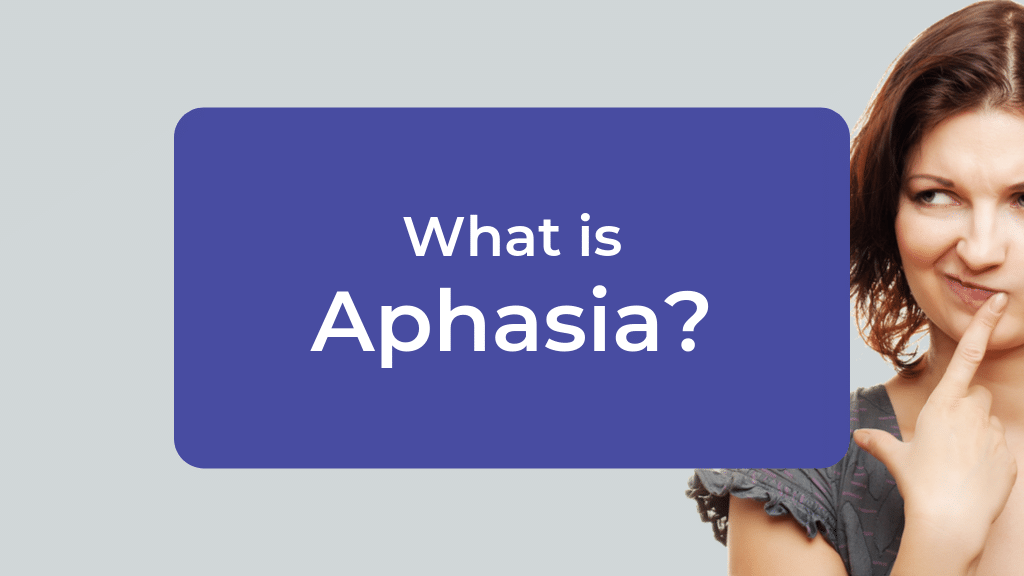What is
Primary Progressive Aphasia?
6 min read
Primary Progressive Aphasia (PPA) is a language disorder that gradually impairs a person’s ability to speak or comprehend language over time. Unlike the aphasia that is acquired instantly as the result of a stroke or brain injury and improves over time, the onset of PPA is subtle, with symptoms arising slowly over a period of at least two years. PPA occurs when the neurons in the specific areas of the brain responsible for language deteriorate over time, as part of a neurodegenerative disease.
While the exact number of people with PPA is unknown, it is classified as a “rare” neurological disorder, meaning it affects fewer than 200,000 people in the US. However, many who have it are at risk of being misdiagnosed, and therefore not receiving the proper treatment, because so few people are aware of PPA.

Signs and Symptoms of Primary Progressive Aphasia
While symptoms of PPA can vary, most people will notice subtle changes in their language skills over time, most typically trouble remembering common words when speaking or writing. The initial symptoms of PPA can include:
- Difficulty with word finding (anomia)
- Challenges using proper grammar (syntax)
- Slow or halted speech, or hesitation while speaking
- Substitutions of words (“juice” for “milk”)
- New impairments in spelling
- Sudden difficulty understanding familiar names or simple words
- Impaired comprehension of language (semantics)
- Problems reading or writing
- Forgetting the names of familiar people and objects
While PPA can occur at any age, it often first shows up in adults in their 40’s and 50’s, and then progresses for many years. Ultimately, as PPA advances, those affected by it will have severely limited ability to communicate verbally and difficulty understanding language altogether.
Loss of employment and income is a frequent and devastating consequence for people of working age with PPA and their families. Despite losing communication abilities, mental functions such as memory, executive function, reasoning, and social skills may remain relatively well-preserved until later stages of the disease, allowing people with PPA to remain more independent in the activities they enjoy.
Download a Free Patient Education Handout about Primary Progressive Aphasia
Get your free PDF summarizing what primary progressive aphasia is, what you might notice, & how you can help. A perfect handout for families.

In addition to receiving your free download, you will also be added to our mailing list. You can unsubscribe at any time. Please make sure you read our Privacy Policy and Terms & Conditions.
Diagnosing Primary Progressive Aphasia
A diagnosis of PPA requires at least two years of relatively isolated language impairment with generally intact functioning in other cognitive abilities (e.g. episodic memory, visuospatial skills, reasoning, and comportment). Conditions such as stroke, cancer, trauma, or tumors must be ruled out as reasons for the aphasia.
PPA is typically a component of a greater underlying neurodegenerative disease such as Alzheimer’s disease (AD) or Frontotemporal Lobar Degeneration (FTLD). While many people with other types of dementia, such as frontotemporal dementia (FTD) or dementia of the Alzheimer’s type (DAT), do eventually also have word finding difficulty and trouble with language, this is not PPA since the language problems did not start first.
Differential Diagnosis: Primary Progressive Apraxia is another neurodegenerative disorder that first presents with communication difficulties. Impaired speech, rather than language, is the first symptom of the disorder.
A neurologist can diagnose PPA, often with the help of brain imaging studies, an evaluation by a speech-language pathologist, and other medical and neuropsychological tests. There can be a genetic component to PPA, but most cases are not hereditary.
Types of Primary Progressive Aphasia
All cases of PPA are unique, but there are a few unique patterns to the impairments. Three types of PPA have now been established:
Problems with Word Understanding: PPA-S (Semantic Subtype)
People with the semantic subtype of PPA have difficulty understanding once-familiar words. They struggle with naming objects or listing items in a category, though speech may remain fluent with use of vague terms such as “that” or “thing.” They may be confused easily with simple instructions such as “get the cup.” As this type progresses, disinhibited or inappropriate behaviors may be seen.
Problems with Word Finding: PPA-L (Logopenic Subtype)
People with the logopenic subtype of PPA are most challenged by finding the right words, though they retain the understanding of these words. They often talking around the word they want to say or use fillers such as “whatchamacallit.” Their speech is slow with frequent pauses. Difficulty with short-term memory of sound impairs comprehension and repetition of longer sentences.
Problems with Word Order and Production: PPA-G (Nonfluent/Agrammatic Subtype)
The nonfluent or agrammatic subtype of PPA is characterized by poor speech output that is often hard to understand and effortful to produce. They may sound as if they’re stuttering and will speak in shorter, less complex sentences. Some words may be transposed unintentionally, such as “yes” for “no” or “he” for “she.” As the disease progresses, problems with movement, multi-tasking, or problem-solving may develop.
Treatment for Primary Progressive Aphasia
PPA is a degenerative condition that gets worse over time with no known cure. Treatments serve to slow the progression of the disease and improve quality of life. There is no medication that has been proven effective to treat PPA. There are studies underway that show promise for brain stimulation treatments, as well as studies to better understand PPA to develop more effective therapies.
Read 7 Tips for Treating PPA for the Speech-Language Pathologist to learn more about how to set goals and what to treat.
Speech-language pathologists (SLP) can provide valuable interventions to maximize communication for as long as possible. The SLP will assess the communication of a person with PPA to set functional, meaningful goals. Treatment can take two approaches: stimulation of impaired abilities to strengthen and preserve function for as long as possible, and compensatory strategies to make up for lost or declining skills.
Throughout the progression of PPA, speech-language therapy can:
- Stimulate language skills to keep them strong
- Introduce compensatory strategies for improving functional communication
- Implement alternative and augmentative communication (AAC) tools such as picture symbols, apps on tablets, speech generating devices, or text-based supports
- Promote self-cueing strategies for improved word retrieval
- Train family members to use communication strategies with their loved one
- Provide counseling and support resources and referrals to families
- Create and implement “scripts” that facilitate functional communication for common scenarios (e.g., talking to a family member, ordering food in a restaurant)
Supporting Communication for People with Primary Progressive Aphasia
Family, friends, and caregivers play an important role in fostering a successful communication environment for persons with PPA. To support language expression and comprehension, communication partners can:
- Speak slowly, clearly, and in short phrases. Give one piece of information at a time.
- Provide cues such as “can you think of what letter it starts with?” or “can you describe it?” to a person with word retrieval difficulty.
- Create visual aids such as pictures of familiar people, places, and topics of conversation for a person to point to. Encourage and provide gestures and other non-verbal communication.
- Try not to fill in words or interrupt unless the person wants you to help. Don’t point out or correct every mistake.
- Create identification cards for persons with PPA to explain their condition to others.
- Limit background noise and group conversations.
- Talk to the person as the adult they are, deserving of your respect. Don’t pretend you understand if you don’t.
PPA is a challenging language disorder that requires a team approach with supportive professionals and caregivers. If you believe you or a loved one may have PPA, please consult your physician.
Online Resources for Primary Progressive Aphasia
More Information
Northwestern University’s Cognitive Neurology and Alzheimer’s Disease Center
The National Aphasia Association
The Australian Aphasia Association PPA Guide
Education for Speech-Language Pathologists
Thinking Outside the Stroke: Treating Primary Progressive Aphasia (PPA)
ASHA SIG 2 Perspectives on PPA
Support for Families and People with Primary Progressive Aphasia
Facebook Support Group for PPA
Apps for Primary Progressive Aphasia
AlphaTopics AAC can provide support with a letter board, topic board, and whiteboard.
Language Therapy 4-in-1 can provide stimulation of language skills with personalized content.
Conversation Therapy can be used to practice conversational strategies in therapy and at home.












